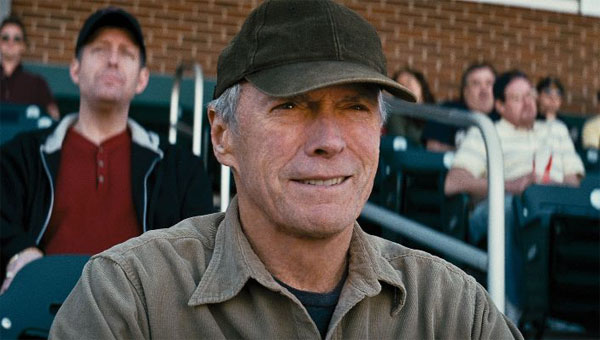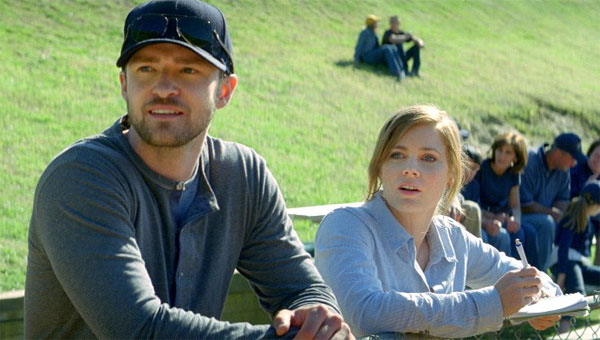Trouble With The Curve Review

Trouble With The Curve is the first film Clint Eastwood’s acted in but not directed for almost twenty years, and if he wants my advice he should probably stick to his own films.
Gus is a cranky, old man who longs for the good ol’ days; when computers didn’t rule the world, when garage doors didn’t shrink when you’re backing your car out the drive and when Gus’ eyes worked properly.
Though I guess that last one may have something to do with the first two.
As a baseball scout since the days of job, Gus has lived and breathed this great american pastime for as long as he can remember.
And his love for the game became ever more pronounced when his wife and only sunshine passed away many years ago.
Burying himself in his work, Gus neglected to be a real father for his now grown up daughter Mickey.
And no, I am not taking the mouse with her name.
Though she’s a successful lawyer, Mickey still feels like her less than happy childhood weighs heavily upon her.
So when the opportunity to be her daddy’s eyes on his latest scouting trip presents itself, Mickey willingly takes up the mantle.
But there’s something up ahead, just out of sight, that Gus doesn’t want his daughter to know.
Directed by Robert Lorenz in his debut feature, Trouble With The Curve is a well-made and acted tale of family drama with a healthy serving of sporting metaphors on the side.
Only problem being that Randy Brown’s script is so predictable that you’ll be able to second guess every plot turn that comes your way.

So there’s Gus the old timer, played by Clint Eastwood in autopilot, who believes in the old ways and a human touch; and there’s the new, arrogant would be general manager who wants to use technology to pick the team’s new baseball players.
Can you guess how that one pans out?
We have the arrogant hot shot prospect who cares more about his own glory and money than the game of baseball, and a humble seller of peanuts at the game who sacrifices his own desires to help the family business; but he sure has one heck of an arm on him.
And then there’s Mickey, the daughter who’s searching for something played by the always excellent Amy Adams, who stumbles upon a Justin Timberlake shaped character called Johnny when playing her pa’s eyes whilst on the road.
Obviously, you’ve no idea what’s going to happen there.
But like I said, it’s all well-made and put together with a notable supporting cast including the supporting actor’s actor John Goodman, who only seems to get better with age.
In fact, the only trouble I had with, ah, Trouble With The Curve is its by numbers script; which is sort of the most important thing.
Still, maybe Clint’s feeling lucky and reckons no-one will notice.
Well do you, Clint?
Jonathan Campbell